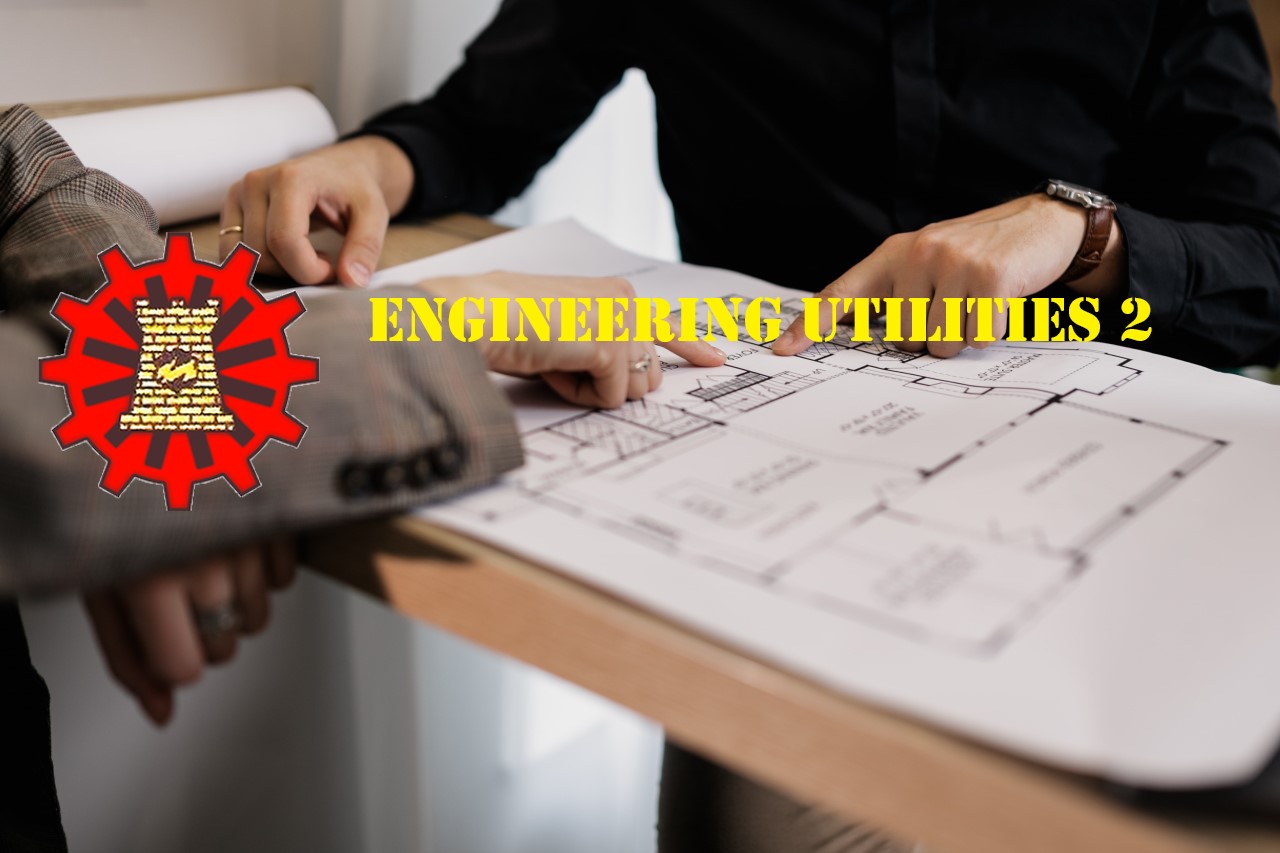The course introduces mechanical engineering (ME) as a discipline and its various applications. It also discusses ME as a profession with emphasis on the requirements for professional practice as well as career opportunities. The course also provides venues to develop engineering skills in order to succeed in engineering studies
- Teacher: HANLY SABDANI
The course introduces mechanical engineering (ME) as a discipline and its various applications. It also discusses ME as a profession with emphasis on the requirements for professional practice as well as career opportunities. The course also provides venues to develop engineering skills in order to succeed in engineering studies
- Teacher: HANLY SABDANI
The course covers the fundamental concepts of stresses and strains such as axial stress, shearing stress, bearing stress, torsion, flexural stress and strain-stress relationship.
- Teacher: HANLY SABDANI
Force, moment, and motion concepts. Newton’s Laws of Motion. Analysis of particles and rigid bodies in static and dynamic equilibrium using vector mechanics and energy and momentum methods. Geometric properties of lines, areas, and volumes.
- Teacher: HANLY SABDANI
The course deals with the forces acting on non-moving bodies. It covers concurrent and non-concurrent forces, operation with the free body concepts, equilibrium of coplanar and non-coplanar systems, friction forces, centroids and moments of inertia.
- Teacher: HANLY SABDANI
The course deals with the nature and physical properties of fluids as well as the identification and measurement of fluid properties. It emphasizes the application of conservation laws on mass, energy and momentum to fluid systems either incompressible or compressible flow, inviscid or viscous flow as well as head loss calculation on pipes and fittings.
- Teacher: HANLY SABDANI
The course deals with the different modes of heat and mass transfer; laws governing conduction, convection and radiation and its application to the design of common heat exchangers such as condenser. Cooling coils and evaporators; and the environmental impact of their operation.
- Teacher: HANLY SABDANI
The course focuses on the mechanical systems, fire protection systems, sanitary/ plumbing systems, and acoustics in buildings. Lecture discussions include HVAC systems, acoustics, vertical transportation and fire protection. Reducing operational loads and integrating high performance energy systems into buildings offers solutions towards achieving a sustainable and secure energy future. Engineers must understand the interrelationship between a building and its subsystems, and need sufficient knowledge of building systems and design alternatives to recommend appropriate solutions that suit the site, climate, building type, and occupants. They must coordinate the work of the engineering disciplines that carry the sustainability concept forward through building design, construction, commissioning, operation and, ultimately, demolition, recycling and reuse.

- Teacher: HANLY SABDANI
The course focuses on the mechanical systems, fire protection systems, sanitary/ plumbing systems, and acoustics in buildings. Lecture discussions include HVAC systems, acoustics, vertical transportation and fire protection. Reducing operational loads and integrating high performance energy systems into buildings offers solutions towards achieving a sustainable and secure energy future. Engineers must understand the interrelationship between a building and its subsystems, and need sufficient knowledge of building systems and design alternatives to recommend appropriate solutions that suit the site, climate, building type, and occupants. They must coordinate the work of the engineering disciplines that carry the sustainability concept forward through building design, construction, commissioning, operation and, ultimately, demolition, recycling and reuse.

- Teacher: HANLY SABDANI